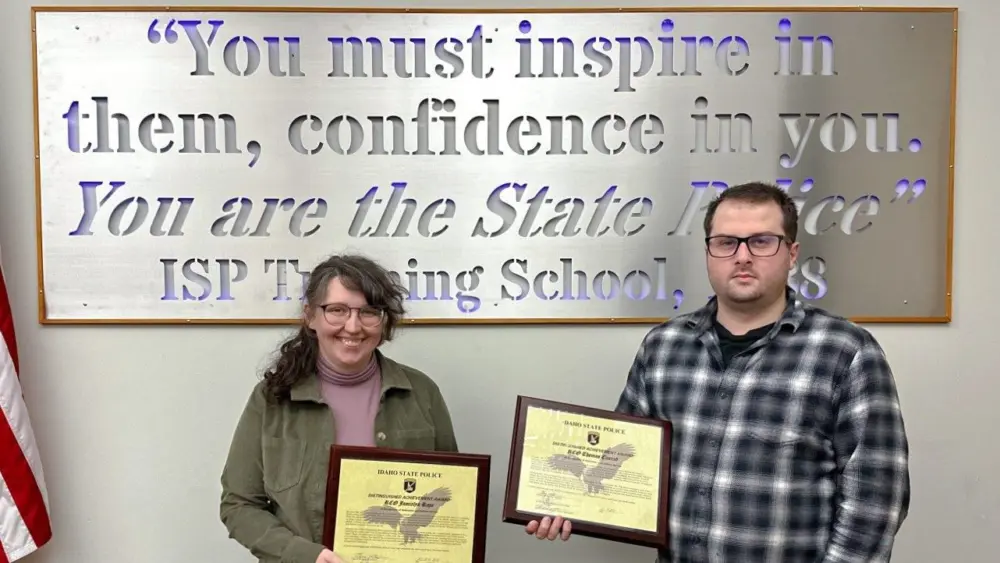Pullman, WA- Washington State University is in the early stages of a $1.36 million project to upgrade its biosafety level 3 laboratory and enhance its infectious disease research and pandemic response capacity.
Located in the Paul G. Allen School for Global Health and shared by researchers in the Allen School and the Washington Animal Disease Diagnostic Laboratory, the facility is among only a handful of BSL-3 laboratories on the West Coast. BSL-3 labs can be used to study infectious agents like SARS-CoV-2 or toxins that may be transmitted through the air and cause potentially lethal infections. The facilities must follow strict security measures and precautions to maintain the safety of personnel and the public.
“This is the only high-containment university laboratory in Washington east of Seattle, and it is essential to our mission of disease diagnostics, disease response and research,” said Tom Kawula, director of the Allen School. “To function effectively, we need to consistently upgrade and replace both instruments and infrastructure. This upgrade will also ensure that we have the latest technology to meet future challenges.”
The funding, allocated in a $1.7 trillion federal spending bill signed into law earlier this year, will pay for numerous upgrades to the facility, including for instrumentation to support polymerase chain reaction machines, high throughput DNA sequencing and immunological assays, which can help researchers to understand how infected or vaccinated animals and humans are protected from disease.
The improvements to the lab will also ensure it can mobilize to meet diagnostic and testing needs in the event of an outbreak of a new disease, as it did during the COVID-19 pandemic when it processed roughly 100,000 human samples.
“You need to have that capability ready. What this funding does is it just allows us to refresh and upgrade that instrumentation to ensure we are prepared,” said Guy Palmer, a regents professor of pathology and infectious diseases at the Allen School.
Palmer noted BSL-3 laboratories have strict biosafety and biosecurity procedures to keep researchers and the outside public safe.
Biosafety levels range from 1 to 4 and define the safeguards and procedures that must be in place in a laboratory based on the health-related risk associated with the projects or activities conducted in the facility. A lab working with non-lethal agents that pose minimal threat to personnel and the public would generally be considered BSL-1, the lowest biosafety level. Laboratories used to study infectious agents or toxins that pose a high risk of aerosol-transmitted laboratory infections and life-threatening diseases for which no vaccines or therapies are available are designated at the highest level, BSL-4.
BSL-3 laboratories like the one at WSU are designed to be easily decontaminated and use directional airflow to ensure air does not escape from the lab into non-laboratory areas. Other engineered safety features include a requirement for entry through two self-closing, interlocked doors; sealed windows, floors and walls; and filtered ventilation systems. BSL-3 labs must also be equipped to decontaminate laboratory waste using an incinerator, an autoclave or another method of decontamination, depending on the biological risk assessment.
Palmer said access to the laboratory is restricted and controlled at all times to limit access to only permitted and trained personnel.




